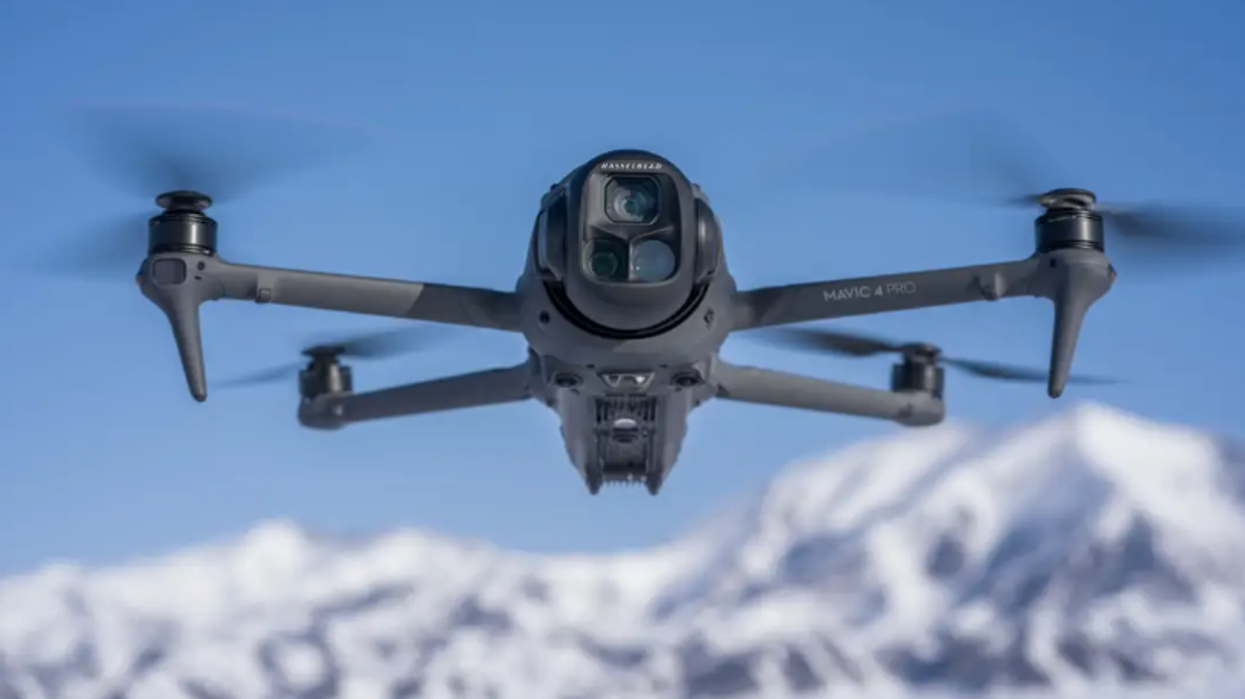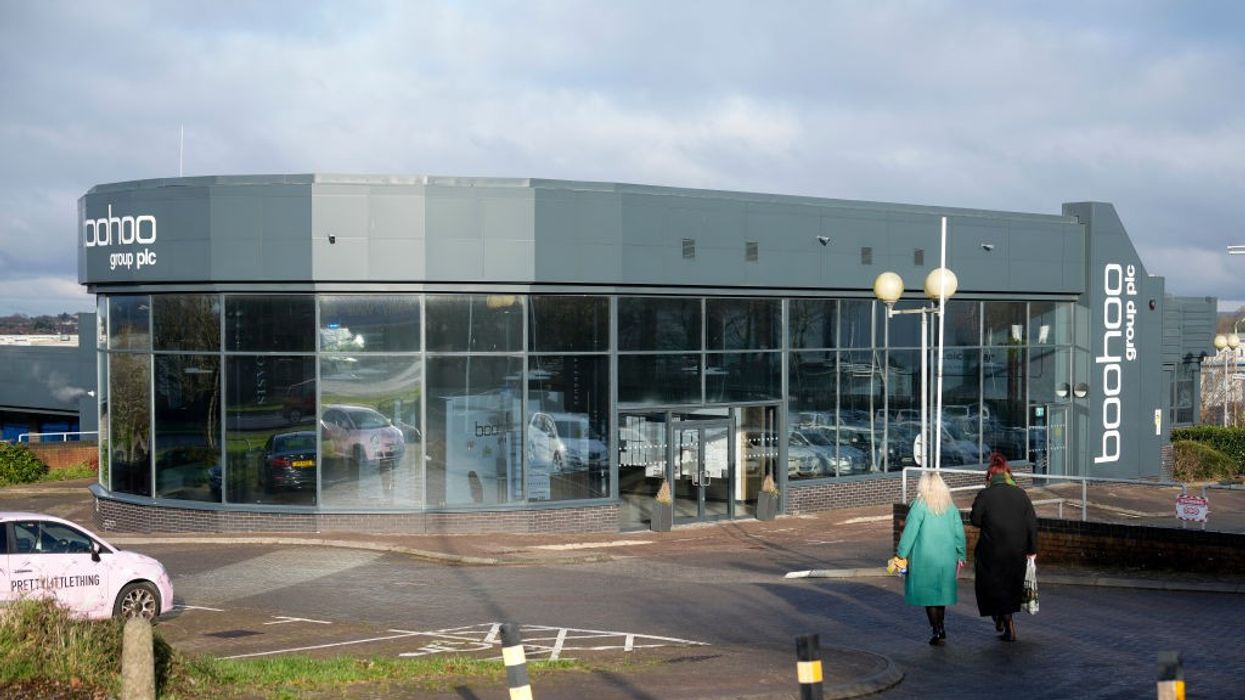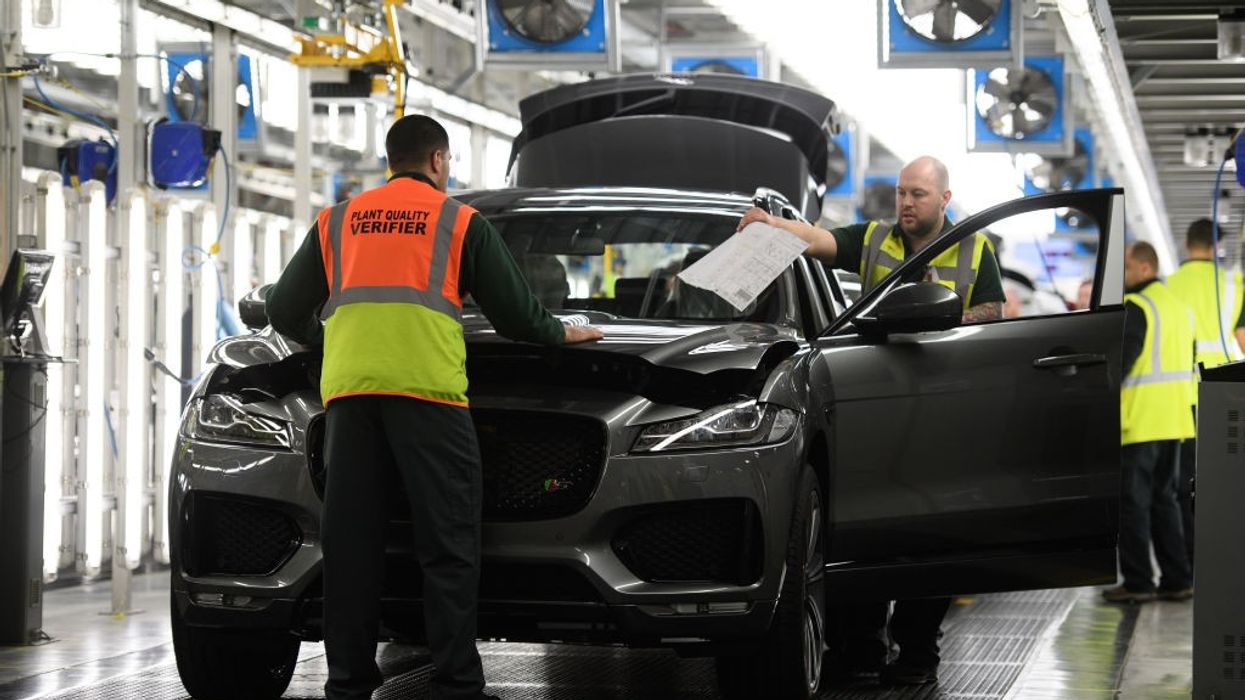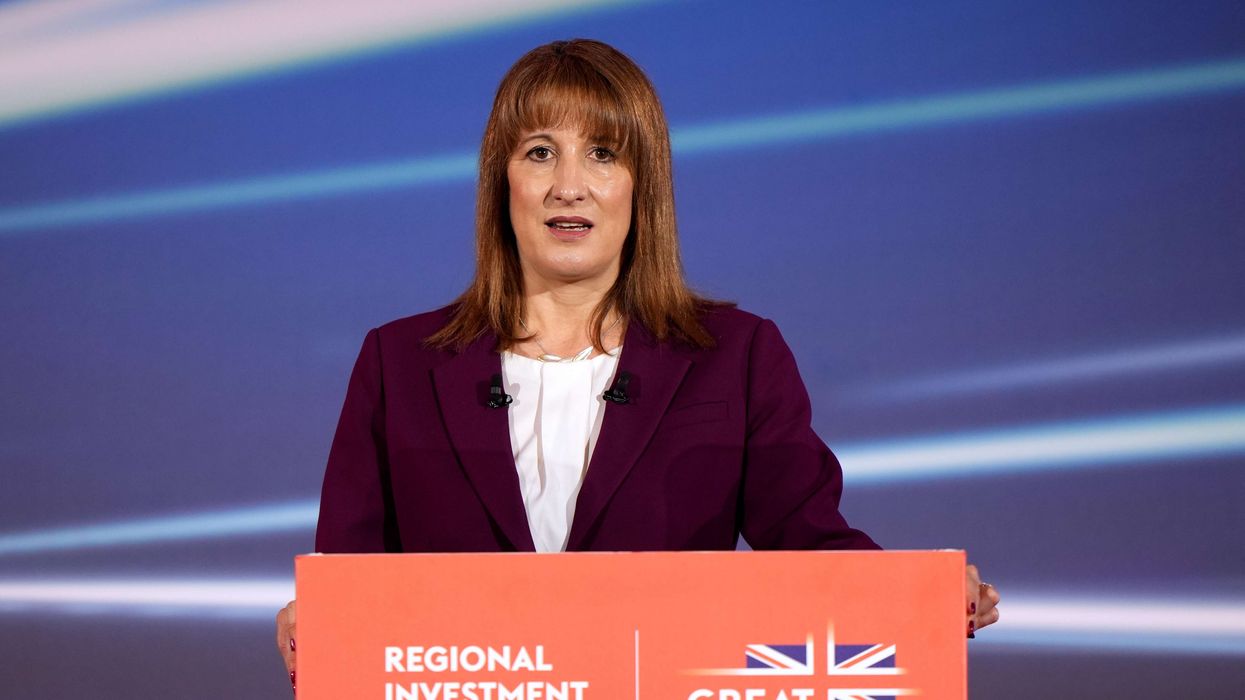DJI has officially launched the Mavic 4 Pro, a feature-packed drone aimed at serious content creators, filmmakers, and drone enthusiasts. Combining major hardware upgrades with innovative new features, the Mavic 4 Pro introduces a 360-degree rotating gimbal, a 100-megapixel Hasselblad camera, and a 51-minute maximum flight time — the longest ever on a Mavic model.
With this launch, DJI continues to push the limits of consumer and prosumer drones, offering versatile image capture capabilities from virtually any angle. The new design and functionality position the Mavic 4 Pro as the company’s most advanced and flexible drone to date.
Triple-camera array with 100MP Hasselblad sensor
The standout feature of the Mavic 4 Pro is its triple-camera system, featuring focal lengths of 28mm, 70mm, and 168mm. Each camera supports advanced features such as Dual Native ISO Fusion and RAW stacking for improved image consistency and quality.
At the centre of the system is the all-new 100MP 4/3 CMOS Hasselblad sensor, which supports the Hasselblad Natural Colour Solution for exceptional colour accuracy. With a variable aperture ranging from f/2.0 to f/11, the main camera is capable of stunning low-light performance and cinematic starburst effects. It also supports 6K/60fps HDR video, offering a dynamic range of up to 16 stops.
The 70mm medium telephoto camera features a 48MP 1/1.3-inch sensor and f/2.8 aperture, allowing for compressed perspectives and enhanced portrait shots. The 168mm telephoto lens uses a 50MP 1/1.5-inch sensor and optimised gimbal algorithms to produce stable, high-quality close-ups even at long distances.
First-of-its-kind 360° Infinity Gimbal
For the first time on a DJI drone, the Mavic 4 Pro introduces an Infinity Gimbal with full 360° rotation and 70° upward tilt. This enables users to capture creative angles, including Dutch angles and gravity-defying movements, that were previously only possible through post-processing or complex manoeuvres.
Professional-grade video capture
All three cameras on the Mavic 4 Pro support 4K/60fps HDR recording, while the main Hasselblad camera goes further with 6K/60fps HDR video. Slow-motion enthusiasts can also take advantage of 4K/120fps on the main and medium telephoto cameras, while the telephoto lens records at 4K/100fps.
To ensure consistent colour across all footage, the cameras offer 10-bit D-Log, D-Log M, and HLG profiles — catering to creators who require high dynamic range and professional-grade colour grading.
Safer flying in low-light environments
The Mavic 4 Pro improves on DJI’s renowned obstacle avoidance system with six low-light fisheye sensors and dual processors. This provides high-resolution environmental awareness and omnidirectional obstacle sensing, even in darker conditions or when flying at speeds up to 18 m/s.
The drone can also remember flight paths using visual positioning, even when GPS signals are weak, and return home safely if needed. DJI's ActiveTrack 360° system offers subject tracking even when partially obstructed, and vehicle detection up to 200 metres — useful for complex automotive or action shots.
Longer flights, longer range
With a redesigned aerodynamic body and 95Wh battery, the Mavic 4 Pro offers up to 51 minutes of flight time and a top speed of 90 kph. Its range extends to 41 km, while the new O4+ transmission system ensures low-latency, high-definition video streaming up to 30 km.
New DJI RC Pro 2 controller
DJI has also introduced a new RC Pro 2 controller, designed specifically for the Mavic 4 Pro. It features a 7-inch high-bright Mini-LED display, a rotatable screen for vertical shooting, and a built-in microphone for audio recording. The RC Pro 2 includes 128GB of internal storage, 4-hour battery life, and enterprise-grade transmission reliability.
Intelligent charging and storage options
DJI’s new 240W Power Adapter and Parallel Charging Hub can charge three batteries at once, prioritising the one with the lowest charge. It also functions as a 100W power bank and allows energy transfer between batteries.
The Mavic 4 Pro offers internal storage of 64GB as standard, with the Creator Combo version including 512GB. DJI QuickTransfer enables fast file transfers over Wi-Fi 6 without needing to remove the drone from its case.
Pricing and availability in the UK
The DJI Mavic 4 Pro is now available to order from DJI’s official UK store and authorised retailers. Pricing in the UK is as follows:
- DJI Mavic 4 Pro (DJI RC 2) – £1,799
Includes 64GB internal storage, DJI RC 2 remote, and one Intelligent Flight Battery. - DJI Mavic 4 Pro Fly More Combo – £2,299
Includes 64GB storage, DJI RC 2 remote, two additional batteries, 100W USB-C power adapter, charging hub, and shoulder bag. - DJI Mavic 4 Pro Creator Combo – £3,029
Features 512GB internal storage, DJI RC Pro 2 controller, 240W adapter, USB-C cable, two extra batteries, charging hub, and shoulder bag.
DJI Care Refresh plans are also available, covering accidental damage including flyaways and water exposure, with one- and two-year options.
- YouTubeYouTube/ DJI
For drone enthusiasts, filmmakers, and content creators looking to push the limits of aerial photography and videography, the DJI Mavic 4 Pro is now one of the most advanced tools on the market.














